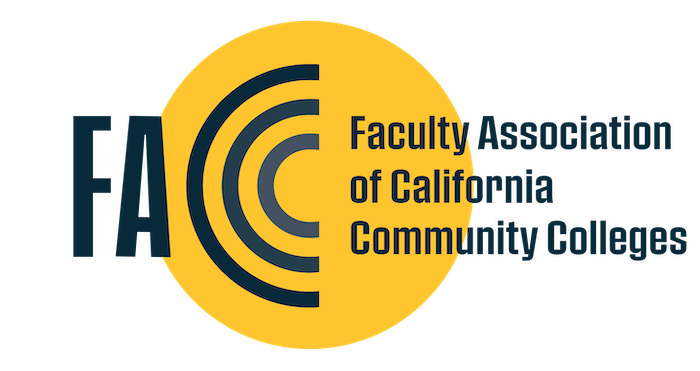The Promise and Perils of Direct Placement Into Transfer-Level Courses
California's AB 1705 (2022) legislation and the corresponding Community College Chancellor’s Office guidance mandated that community colleges directly place students into transfer-level math and English courses rather than requiring stand-alone pre-transfer courses. The goal was to increase the number of students completing transfer-level requirements. A recent FACCC survey seeking qualitative data from students provides insight into how this policy change has impacted students taking math and English courses for the first time in community college.
First, approximately one-third of survey respondents completed their first transfer-level math course with an A, B, or C grade. Over half completed their first English course successfully. Direct placement allowed these students to bypass pre-transfer courses and make progress towards their degree. We celebrate these students and want to build on their successes.
However, the survey also revealed dire challenges direct placement has created for other students: 35% of respondents did not complete their first math course, and 31% failed or barely passed with a D. Outcomes were better in English, but 30% had yet to complete their first course. Clearly, data demonstrates that direct placement for all does not impact all students equally.
Students expressed particular struggles with the rigors of transfer-level math and English. "I was completely unprepared. I did not understand the material," shared one student placed directly into transfer-level math. Another student placed into advanced math without prerequisites explained, "I felt overwhelmed coming into this class. I’ve always struggled with math.” Students who had been out of school for many years needed prerequisites to brush up on their skills and lacked the foundation to succeed in advanced courses after long academic gaps. Students with learning disabilities like dyslexia faced severe difficulties without stand-alone pre-transfer courses to help build skills. Students who needed more significant support also noted that online courses were even more challenging.
While some students rose to the challenge, many described needing to catch up from the rapid pace of lectures and assignments in their first transfer-level courses. They simply felt unprepared by their high school education for the expectations and rigor of college-level material. "I had not been prepared at all for college-level English. The transition to college-level rigor and expectations was challenging," one student described after being placed directly into transfer English. Unfortunately, without access to pre-transfer courses, some had no lower rung on the ladder to gain competency before learning advanced math and writing. As one math student put it, "I was completely unprepared. I felt like I was utterly lost, and after a couple of months, I felt like I was going to fail the class."
Students who successfully completed transfer-level courses through the co-requisite model expressed it as a positive way to build skills while enrolled in credit-bearing classes. However, many who didn’t finish their courses felt they lacked the proper foundation and faced significant struggles without access to remedial support. As one student put it, "I failed horribly. I took pre-algebra in 1986 and cannot access it or any other courses to prepare for the course I need to graduate."
Regarding suggestions to remedy the gaps created by AB 1705, respondents recommended access to pre-transfer courses or boot camps to master the basics before advanced classes, as well as more extensive tutoring resources and supplemental instruction provided alongside challenging courses. They emphasized the need for professors to pace classes slowly and spend more time explaining concepts. Developing partnerships between high schools and colleges was also suggested to improve the alignment and preparation of college-bound students.
While direct placement in transfer-level courses and eliminating stand-alone remedial courses have allowed many students to progress more rapidly toward transfer goals, we cannot take a one-size-fits-all approach. Equality in policy does not lead to equitable outcomes. Supporting equity in outcomes will require meeting individual students where they are academically rather than assuming a uniform readiness to thrive in advanced courses. A policy that benefits some students but leaves others to fall through the cracks is unsuccessful. As an open-access institution, the California Community College system must reaffirm its commitment to students of all backgrounds and skill levels– not just verbally but also by supporting them through their actions.
FACCC blog posts are written independently by FACCC members and encompass their experiences and recommendations. FACCC neither condemns nor endorses the recommendations herein.
